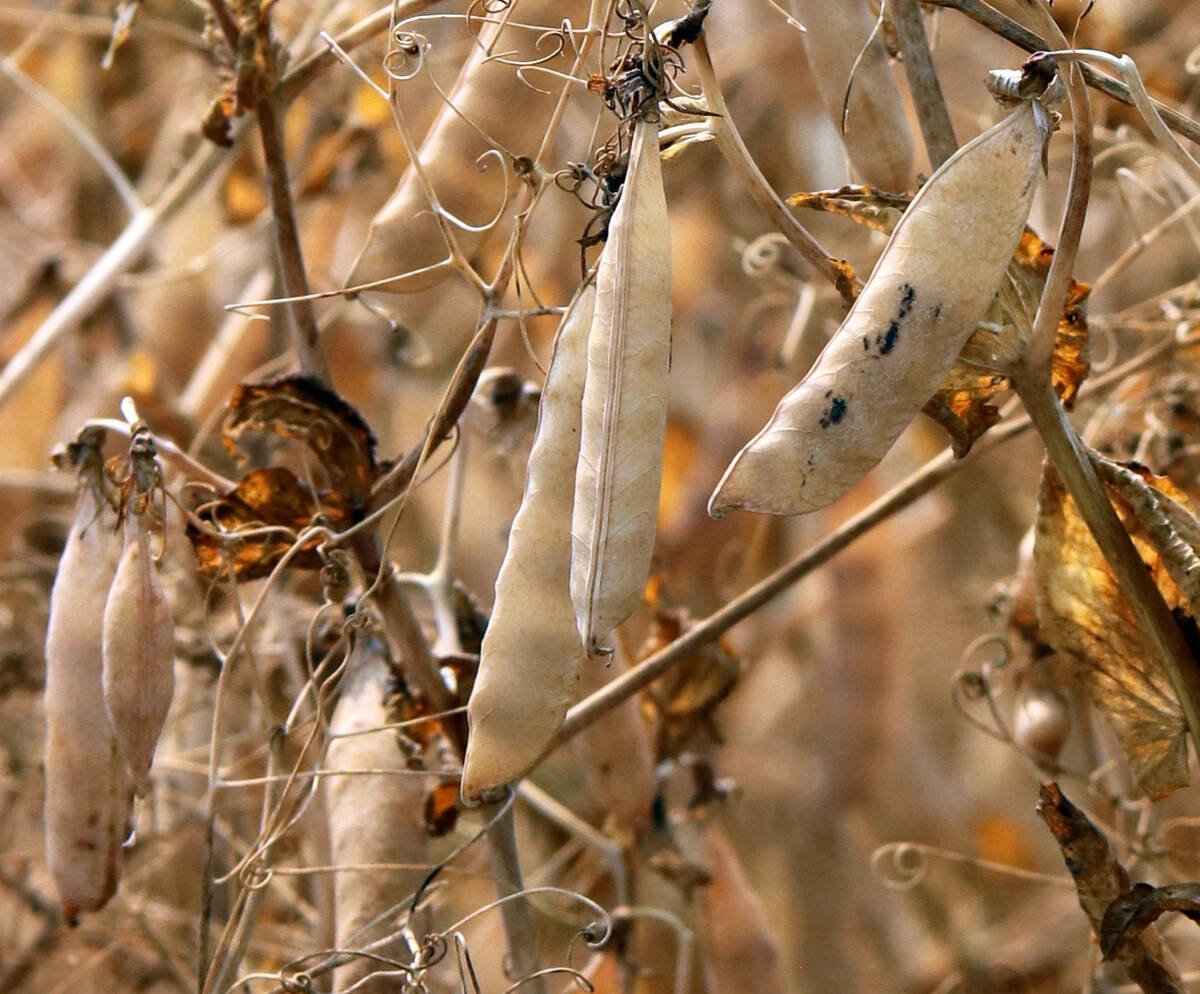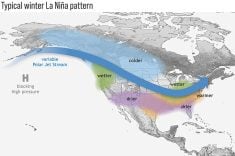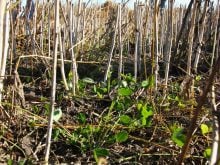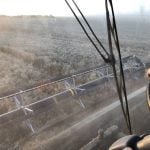Farmers who are considering broadcasting their seed this year might want to talk to their Saskatchewan Crop Insurance Corp. office first.
The corporation doesn’t penalize farmers for using that method, but farmers should know it can be a factor if they have to make a claim.
“Producers need to be aware … that the management practice they choose may have an implication on their insurance,” said Shawn Jaques, executive manager of field operations.
“If a cause of loss is determined to be because of the seeding method, then, for example, your establishment coverage may be denied.”
Read Also

Trump’s tariffs take their toll on U.S. producers
U.S. farmers say Trump’s tariffs have been devastating for growers in that country.
Farmers generally look for alternative seeding methods when conditions are too dry or too wet.
Some will scratch in their crops, adjusting the openers so there is little soil disturbance and no large muddy clumps on top of the seeds.
Others will use floater equipment to broadcast the seed and then lightly harrow. The practice is more common, and a better bet, when it’s wet.
“Generally what happens with broadcast seeding is it leaves the seed sitting exposed on top of the soil surface so then the seed needs moisture for germination to be completed,” Jaques said.
Germination may never take place in dry conditions, which is an example of when the corporation might not pay establishment benefits.
However, yield loss coverage would be approved, even in a dry year, if the crop established.
Another example might be if only one farmer in an area made an establishment claim and inspection indicated that the seeding method was the reason.
Jaques said a lot of acres were planted using floater equipment last year and there were few problems because moisture was plentiful.
He has talked to producers who used drills and floaters and saw no difference in yields.
Crop insurance has just come through its spring sign-up period. Some producers said they were looking at alternatives, considering how wet it is, and Jaques said that is understandable.















